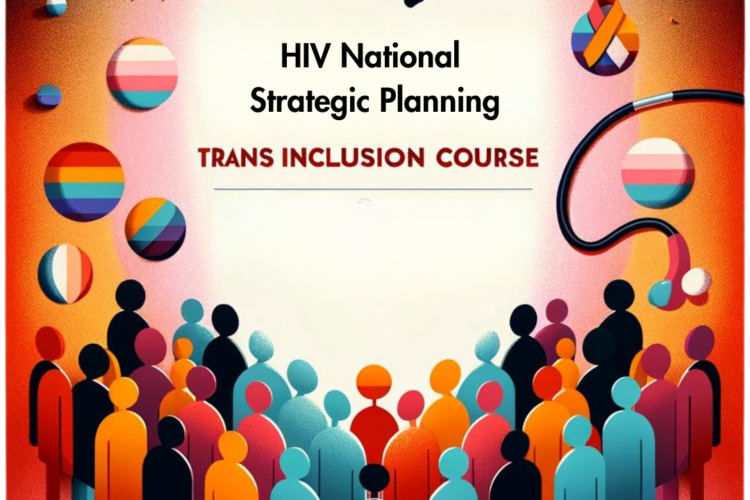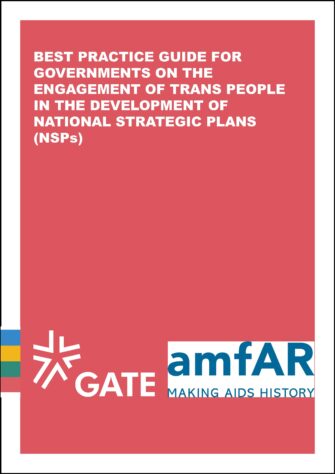GATE has partnered with amfAR to provide this training for global trans and gender diverse activists to increase meaningful engagement with National Strategic Plans.
In every country with available data, trans populations are among the most affected groups by HIV. In all regions, trans populations experience high levels of structural and societal stigma, discrimination and violence that hinder the availability and access to health services, including those related to HIV. Despite this, trans populations are frequently not included in national data-collection efforts or are not recognized by national governments as priority populations in their HIV National Strategic Plans and responses.
As a result, meaningful inclusion of trans people in National Strategic Plans (NSPs) is rare, and this exclusion continues to contribute to poor HIV-related health outcomes within this population and leads to comparatively low levels of trans-specific funding and programming. Donors are increasingly prioritizing funding for interventions that are included in NSPs, so justifying the inclusion of priorities not aligned with NSPs is burdensome and challenging.
As such, where it has been accomplished, the inclusion of trans populations in NSPs has helped to increase both domestic and international funding for trans communities. This guide for national governments therefore seeks to address the exclusion gap by developing best practice guidelines that provide clear steps and appropriate language that governments can use to facilitate and foster the meaningful engagement and involvement of trans communities in the development of NSPs.
This is an open-access course designed to help trans and gender diverse activists address their exclusion from HIV National Strategic Plans (NSPs).
Here is an overview of the four key areas that you will explore in this training:
- Introduction to HIV National Strategic Plans (NSPs)
- Overview of the resource manual and best practice guidelines
- Strategies to increase trans and gender diverse inclusion in NSPs
- Steps of engagement in the development processes for NSPs
These short video sessions have been carefully designed for you to share with members of your organization. They are easy to follow to ensure accessibility for everyone.







